Construction waste refers to the materials generated during any construction activity.
It can occur during different construction activities such as construction, renovation, demolition, or excavation.
Waste Management actively manages waste throughout its lifecycle, beginning with the collection of waste at its source, followed by transportation, and concluding with disposal, recycling, or other appropriate methods.
The primary goal of waste management is to handle waste materials efficiently, minimising their environmental impact, and promoting sustainable practices.
Now that we understand each area, we can grasp the concept of Construction Waste Management. This involves systematically handling waste produced in the construction process, including a diverse array of materials resulting from the assembly and disassembly of structures inherent in the construction industry.
Construction waste comprises a diverse range of materials, each presenting unique challenges in terms of disposal and environmental impact. The most common types of construction waste include:
Concrete
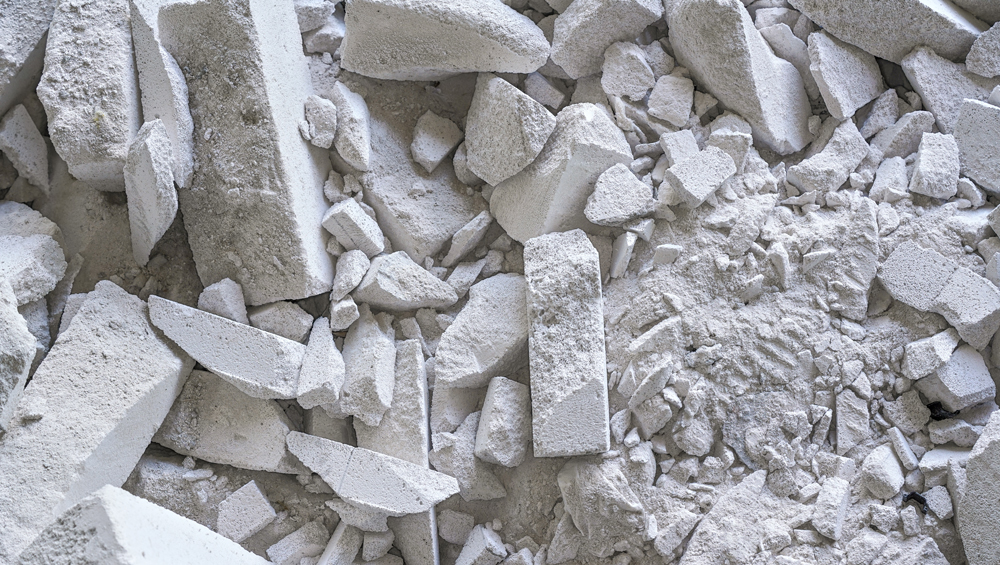
Construction projects commonly produce concrete waste, including discarded concrete blocks, slabs, and other structures. Proper disposal and recycling of concrete waste contribute to sustainable construction practices.
Bricks
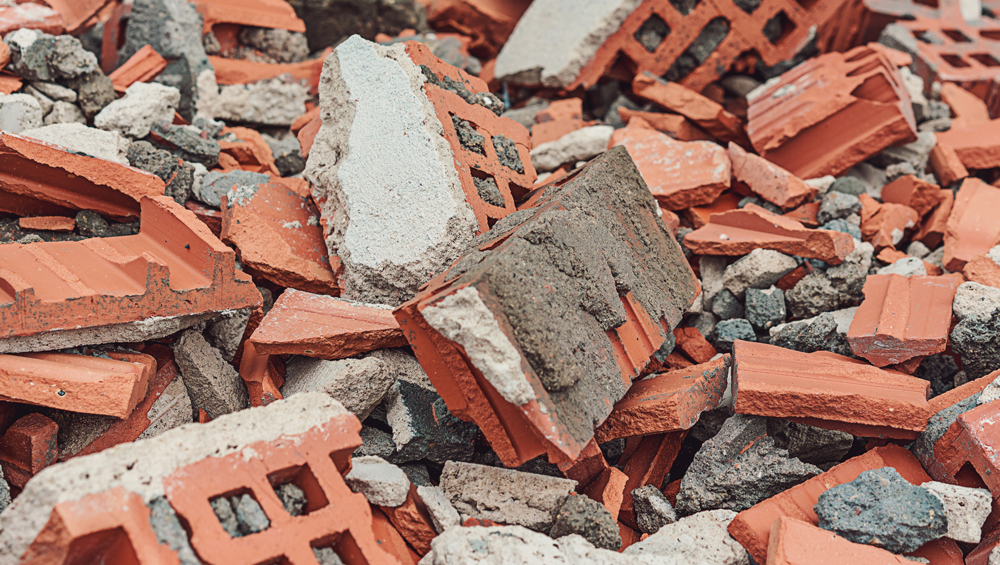
Brick waste is generated from the demolition or alteration of structures where bricks were used. Reusing or recycling bricks minimizes the environmental impact associated with producing new bricks and reduces the volume of waste sent to landfills.
Soil
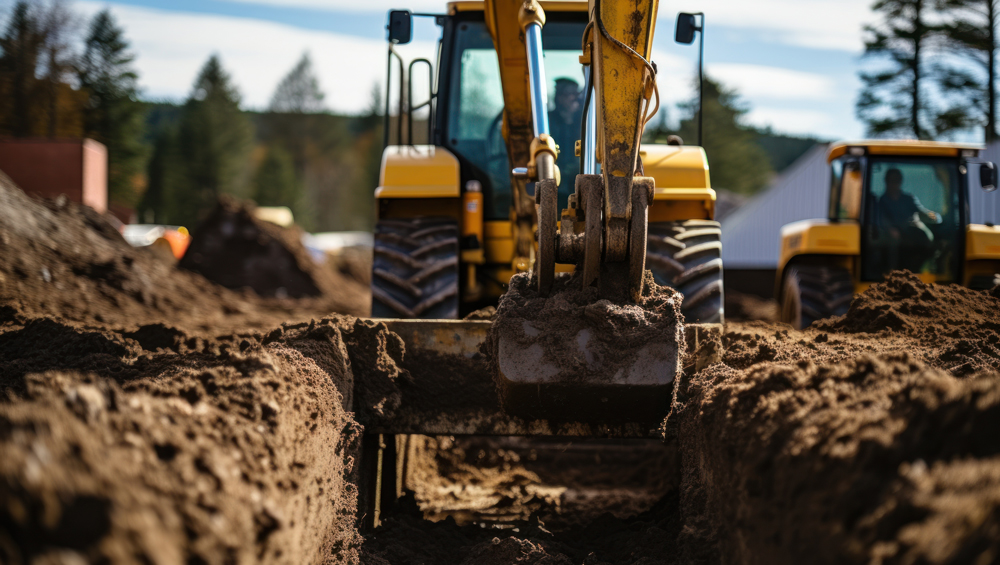
Soil is often excavated during construction activities, leading to soil waste. Proper management involves assessing the quality of excavated soil and determining whether it can be reused on-site or requires off-site disposal.
Wood
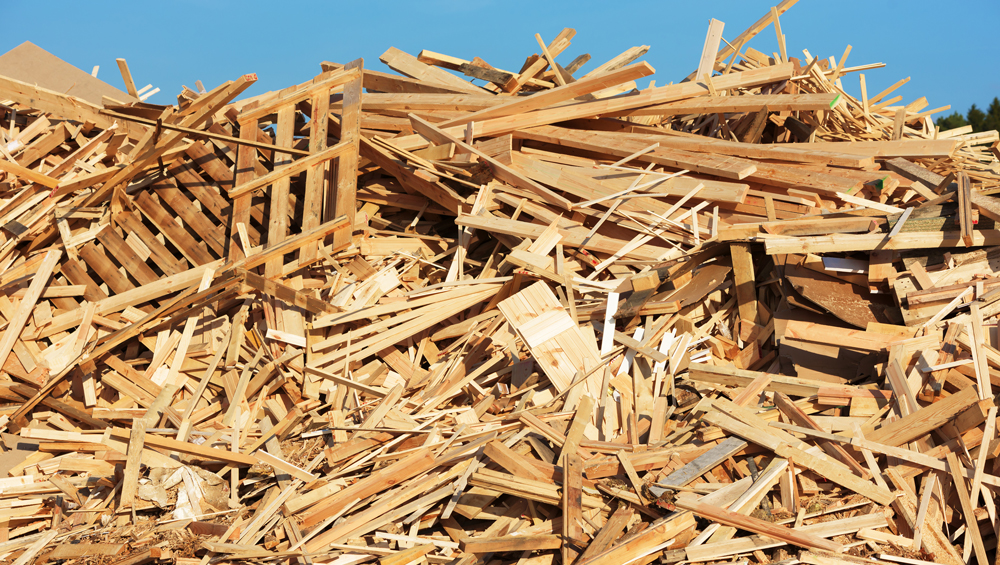
Wood waste, a byproduct of construction, arises from the use of timber in framing, formwork, and other applications. Recycling wood waste contributes to sustainable practices, and certain types of wood can be repurposed or reused for biomass energy production.
Glass

Glass waste is a notable component of construction waste, encompassing discarded windows, glass panels, and various other glass components. It is generated through the removal or replacement of windows, glass facades, and other architectural features.
Metallic Waste
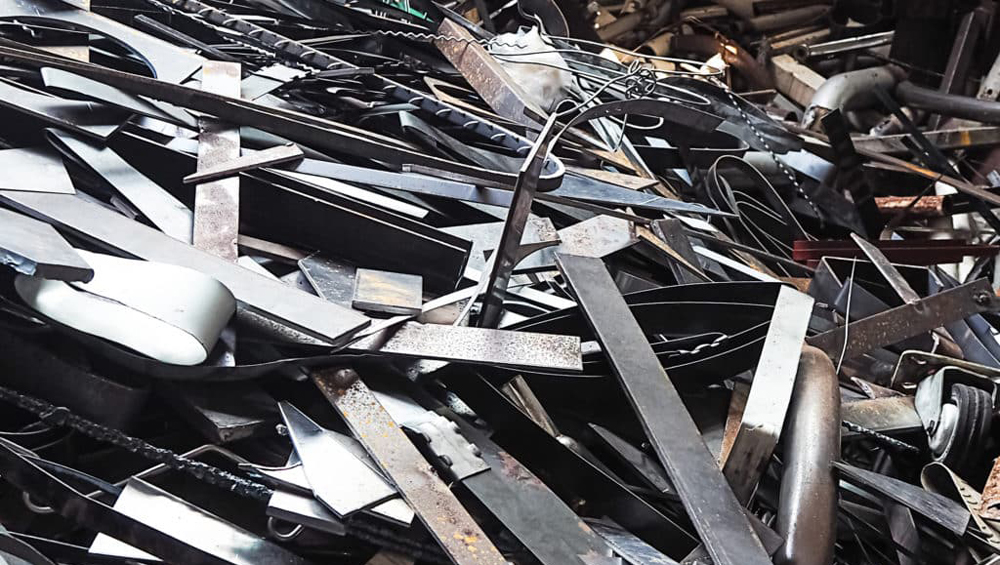
Metallic waste, contributing significantly to the overall waste of the construction industry, includes various metals such as steel, aluminum, and copper, which arise from the assembly and disassembly of structures.
Construction waste management involves various methods aimed at reducing the environmental impact of waste management. Although it’s not always possible to utilize a sustainable solution, here are different construction waste management methods:
Reuse
In waste management, actively incorporating materials for their original purposes is a fundamental method referred to as reuse. This method involves a process that includes thorough inspection, repair, and potentially upgrading.
Excavated materials, such as soil, concrete, rubble, and clay, can be effectively reused on-site as fill material. Reusing these materials in landscaping or as a base for new construction significantly diminishes the need for additional resources.
Wood cut-offs, originating from framing, formwork, and other applications, provide valuable opportunities for reuse. These wood pieces can be repurposed for stud walls, lintels, and blocks, eliminating the necessity to use extra wood resources.
After inspection, metallic wastes, especially iron and steel components, can be salvaged and reused.
Recycling
Recycling actively plays a pivotal role in diverting construction wastes from landfills, especially when considering the diverse materials in the industry. Notably, materials like bricks and concrete can undergo a transformative process, where they undergo crushing and screening, resulting in the production of recycled aggregates.
Collecting materials like wood and sending them to a recycling plant becomes an integral part of the process. A wood shredder is used to break down the wood into varying sizes.
For metallic wastes, the initial step involves separating them into different types of metals using a magnet to pick out ferrous or non-ferrous metals. After this, the process involves shredding, smelting, and treating the materials before transforming them into ingots.
Landfill
Not all materials lend themselves to reuse or recycling, and consequently, they become waste products. This necessitates sending the materials to a permitted landfill site. Adhering to environmental regulations and best practices is crucial in minimizing the environmental impact of landfill disposal. Proper waste categorization and disposal procedures actively prevent the contamination of soil and water resources.
Understanding and effectively managing construction waste are crucial for promoting sustainable practices within the construction industry. Construction waste, which results from the assembly and disassembly of structures, involves a diverse range of materials, each presenting unique challenges in terms of disposal and environmental impact.
In waste management, a comprehensive process spanning from collection to disposal, recycling, or other appropriate methods, the goal is to efficiently handle waste materials while minimizing their environmental footprint. Construction waste management specifically involves systematically handling materials generated during the construction process, emphasizing responsible practices to address the environmental challenges associated with construction waste.
Identifying different types of construction waste, such as concrete, bricks, soil, wood, glass, and metallic waste, emphasizes the need for specific strategies in waste management. Each material poses unique challenges, and adopting methods like reuse, recycling, and, when necessary, landfill disposal, becomes imperative in mitigating the environmental impact of construction waste.
Incorporating sustainable construction practices, including the proper disposal and recycling of construction waste materials, is essential for minimizing the industry’s overall environmental footprint. As we strive for a more environmentally conscious future, implementing effective construction waste management methods plays a pivotal role in promoting resource conservation, reducing landfill usage, and fostering a more sustainable approach within the construction sector.